Principles of Personalised Nutrition: The Science Behind Tailored Dietary Interventions
- Dr Luigi Vorluni
- Feb 25
- 4 min read
Updated: May 30

Personalised nutrition is an emerging and transformative approach that aims to optimize health by tailoring dietary intake to an individual’s unique physiological characteristics, lifestyle, and health status. Unlike the traditional "one-size-fits-all" dietary guidelines, personalised nutrition considers factors such as age, sex, genetic predisposition, physical activity, metabolic health, and even microbiome composition to deliver the right nutrients to the right person at the right time.
This scientific approach is grounded in nutritional biochemistry, molecular biology, and systems physiology. It is increasingly supported by large-scale data from genomics, metabolomics, and clinical trials. Below, we explore the physiological mechanisms that underpin the necessity for personalised nutrition, with a particular focus on protein intake, micronutrient absorption, and metabolic changes with raging.

The Need for Precision in Nutrition
As individuals age, their nutritional needs evolve due to biochemical and physiological changes. After the age of 35, several significant shifts occur that impact nutrient requirements and metabolism:
1. Decline in Protein Synthesis and Muscle Mass
Protein synthesis, the process by which the body builds new proteins, declines with age due to a phenomenon known as anabolic resistance. This means that older adults require more dietary protein to stimulate muscle protein synthesis compared to younger individuals. This decline contributes to sarcopenia, the progressive loss of skeletal muscle mass and function.
Physiological Mechanism: Muscle tissue is primarily composed of water and proteins, and the synthesis of new muscle proteins is regulated by the mTOR (mechanistic target of rapamycin) pathway, which becomes less responsive with age. Consequently, higher protein intakes, rich in leucine (an essential amino acid), are needed to trigger this pathway in older adults [1].
2. Bone Health and Osteopenia
Bones are dynamic tissues composed of a collagen matrix (mostly protein) embedded with calcium phosphate crystals. With ageing, osteoblast activity (bone-building cells) declines while osteoclast activity (bone-resorbing cells) may increase, leading to osteopenia and, eventually, osteoporosis.
Role of Protein and Micronutrients: Adequate protein intake supports collagen formation, while micronutrients such as calcium, vitamin D, magnesium, and vitamin K are critical for bone mineralization. Deficiency in any of these nutrients accelerates bone loss [2].

Digestive System
Decline in Micronutrient Absorption and Increased Needs
Ageing is also associated with reduced gastrointestinal absorption of micronutrients, including iron, vitamin B12, vitamin D, magnesium, and zinc. These reductions are due to decreased gastric acid secretion, alterations in transporter expression, and changes in gut microbiota composition.
Increased Demand: Simultaneously, the presence of chronic diseases (e.g., diabetes, cardiovascular disease, cancer) elevates the need for antioxidants and anti-inflammatory micronutrients such as vitamins A, C, E, selenium, and omega-3 fatty acids. These nutrients play essential roles in mitochondrial function, immune regulation, and oxidative stress reduction [3].
Global Trends in Deficiency: A comprehensive global study found that over 2 billion people suffer from micronutrient deficiencies, known as "hidden hunger," which significantly contributes to morbidity and reduced quality of life [4].

Slowing Metabolism and Adjusting Caloric Intake
As we age, basal metabolic rate (BMR) tends to decrease, primarily due to the loss of lean body mass and changes in hormonal signalling, particularly involving thyroid hormones and insulin sensitivity.
Implications: A slower metabolism means that fewer calories are needed to maintain energy balance. If caloric intake remains high, particularly from refined carbohydrates, added sugars, and inflammatory fats (such as seed oils), this can lead to weight gain and associated conditions like type 2 diabetes, cardiovascular disease, and non-alcoholic fatty liver disease.
Metabolic Flexibility: Personalised nutrition promotes metabolic flexibility—the body's ability to efficiently switch between burning carbohydrates and fats—by optimizing macronutrient composition and meal timing based on individual metabolic responses.

Dietary Supplements The Role of Supplementation
In cases where dietary adjustments alone cannot meet the increased demands or compensate for decreased absorption, targeted supplementation becomes essential. This includes:
Protein supplements such as whey protein or collagen peptides for muscle and joint support.
Micronutrient supplements, including multivitamins or single-nutrient formulations based on individual deficiencies identified through blood tests.
Supplementation should always be guided by clinical assessments and integrated with dietary changes to ensure synergy and avoid potential toxicity.
Conclusion: The Future of Nutrition Is Personal
Personalised nutrition is not just a trend; it is the future of healthcare and disease prevention. By aligning dietary recommendations with individual biological and lifestyle profiles, we can move toward more effective, sustainable health strategies. Especially as people age, personalised dietary interventions that account for declining protein synthesis, reduced nutrient absorption, and metabolic shifts can significantly improve healthspan and reduce the burden of chronic disease.
References
Wolfe, R.R., Miller, S.L., & Miller, K.B. (2008). Optimal protein intake in the elderly. Clinical Nutrition, 27(5), 675-684.
Bonjour, J.P. (2011). Protein intake and bone health. International Journal for Vitamin and Nutrition Research, 81(2-3), 134–142.
Ames, B.N. (2006). Low micronutrient intake may accelerate the degenerative diseases of aging through allocation of scarce micronutrients by triage. Proceedings of the National Academy of Sciences, 103(47), 17589–17594.
Stevens, G.A., et al. (2015). Global, regional, and national trends in hemoglobin concentration and prevalence of total and severe anemia in children and pregnant and non-pregnant women. The Lancet Global Health, 3(9), e528–e535.
To get your health products and services go to: https://synergyvita.com/

Comments